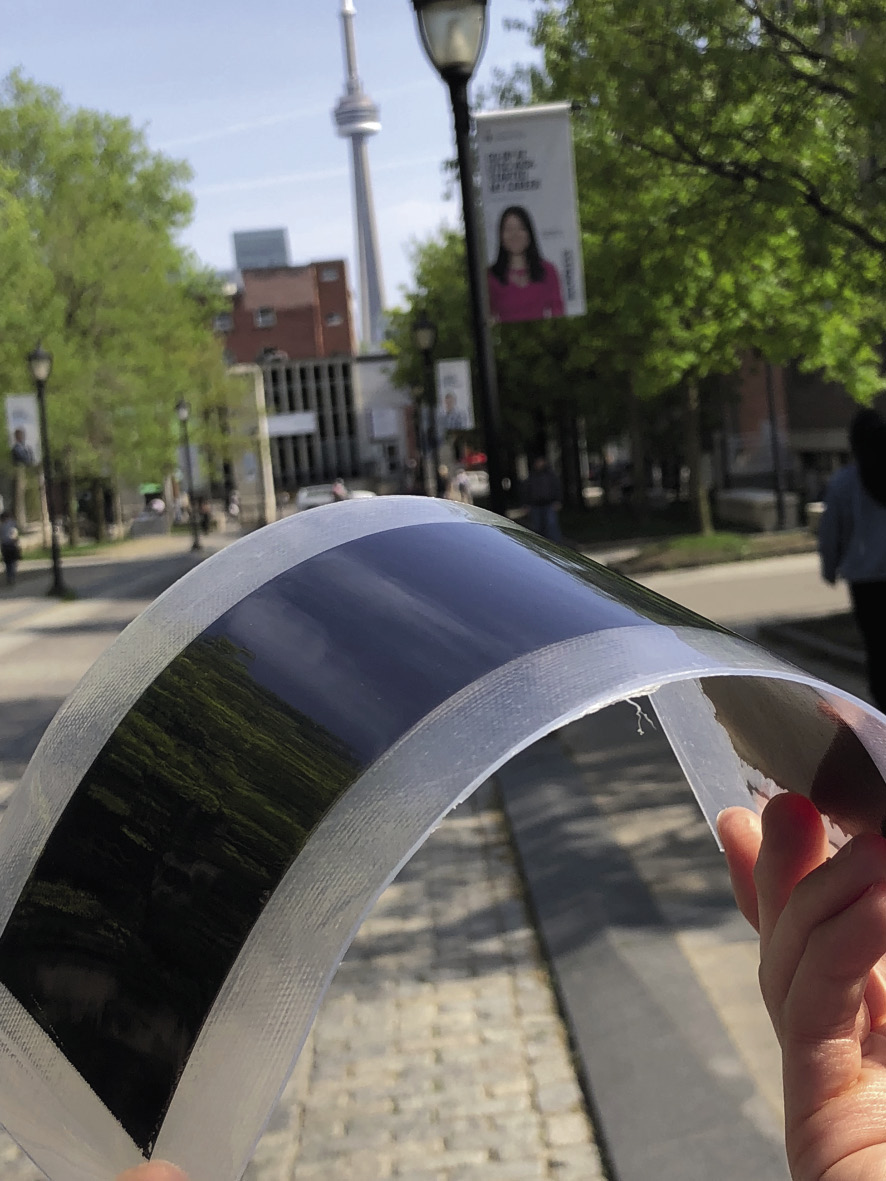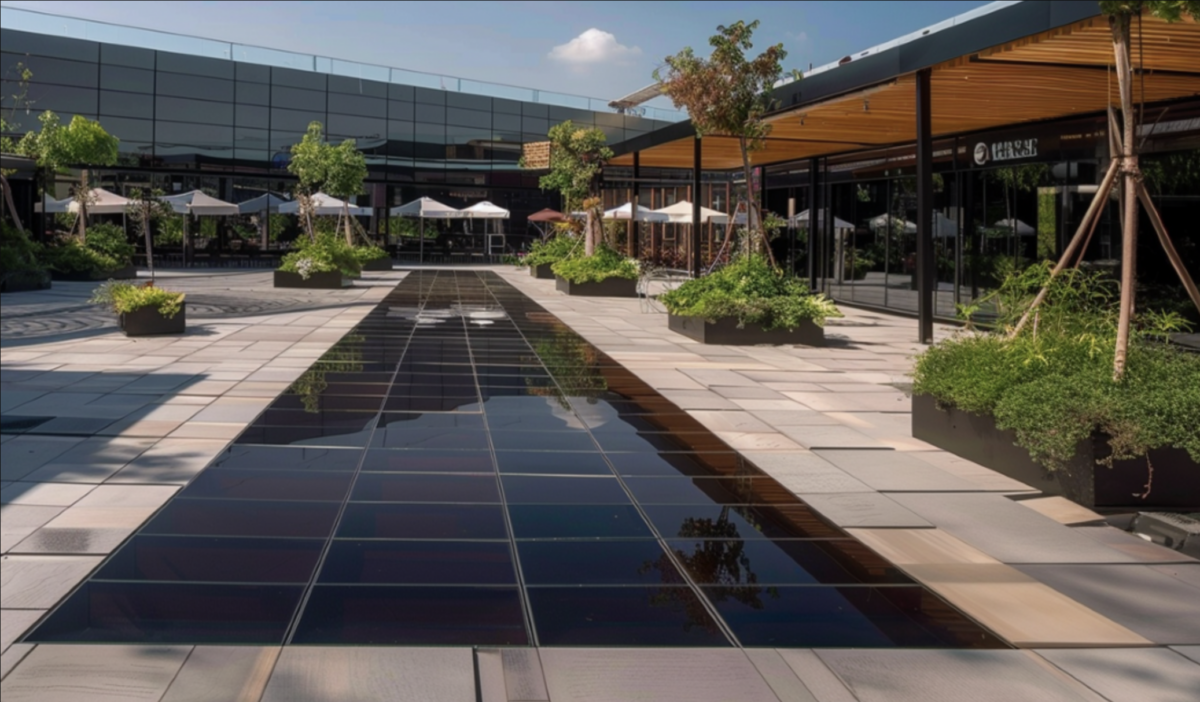https://pv-magazine-usa.com/2024/08/21/novel-bifacial-flexible-pv-cell-offers-27-efficiency/
Novel bifacial flexible PV cell offers 27% efficiency

Image: QD Solar
Researchers from India have proposed a novel bifacial electron transport layer (ETL)-free cell structure for flexible devices. They optimized this cell using SCAPS-1D simulation software, selecting the most effective combination of front transparent electrode (FTE), hole transport layer (HTL), and rear transparent electrode (RTE). The new structure has achieved a power conversion efficiency (PCE) surpassing 27%.
“ETL-free perovskite solar cells (PSCs) are the most promising and acceptable devices for developing flexible PSCs due to lower temperature processing, the simplest configuration, and the elimination of complex preparation routes, which reduces energy and time,” said the researchers. “They can be easily processed by roll-to-roll method, spray coating, inkjet printing, and can be encapsulated with low-cost flexible layers.”
The scientists began with a reference structure consisting of an FTE layer of PFTO; interfacial defect layer (IDL)1; a perovskite layer (FA0.75MA0.25PbI2.5Br0.5); IDL2; HTL layer of Spiro-OMeTAD; IDL3; and an RTE layer of Cu/Cu2O (PFTO/IDL1/FA0.75MA0.25PbI2.5Br0.5/IDL2/Spiro-OMeTAD/IDL3/Cu/Cu2O). They set the perovskite layer thickness to 600 nm.
“Upon selecting a suitable FTE, we observed that the lower value of conduction band offset (CBO) at the FTE/perovskite interface exhibits improved device performance due to the potential-well-like structure,” the group explained. “CuI and CuSCN show superior band alignment with the perovskite absorber layer compared to other HTLs, resulting in improved device performance. The electron affinity of RTE plays a crucial role in the band alignment at the RTE/HTL interface and, hence, the device performance.”
After finalizing the champion cell, the group investigated its bandgap and thickness.
“The device PCE increases up to an optimized bandgap of 1.4 eV, achieving a PCE of 24.65% (front illumination) and 25.48% (rear illumination). Beyond this bandgap, the PCE starts decreasing,” the results showed. “After optimizing the thickness of the absorber layer (800 nm) with a defect density of 1.0 × 10^14 cm−3, the PCE improves to 26.88% and 27.35%.”
They presented their results in “Performance optimization of ETL-free bifacial perovskite solar cells for flexible devices: A simulation study,” which was recently published in Next Energy. The team included researchers from India’s National Institute of Technology and the Indian Institute of Technology.
This content is protected by copyright and may not be reused. If you want to cooperate with us and would like to reuse some of our content, please contact: editors@pv-magazine.com.




